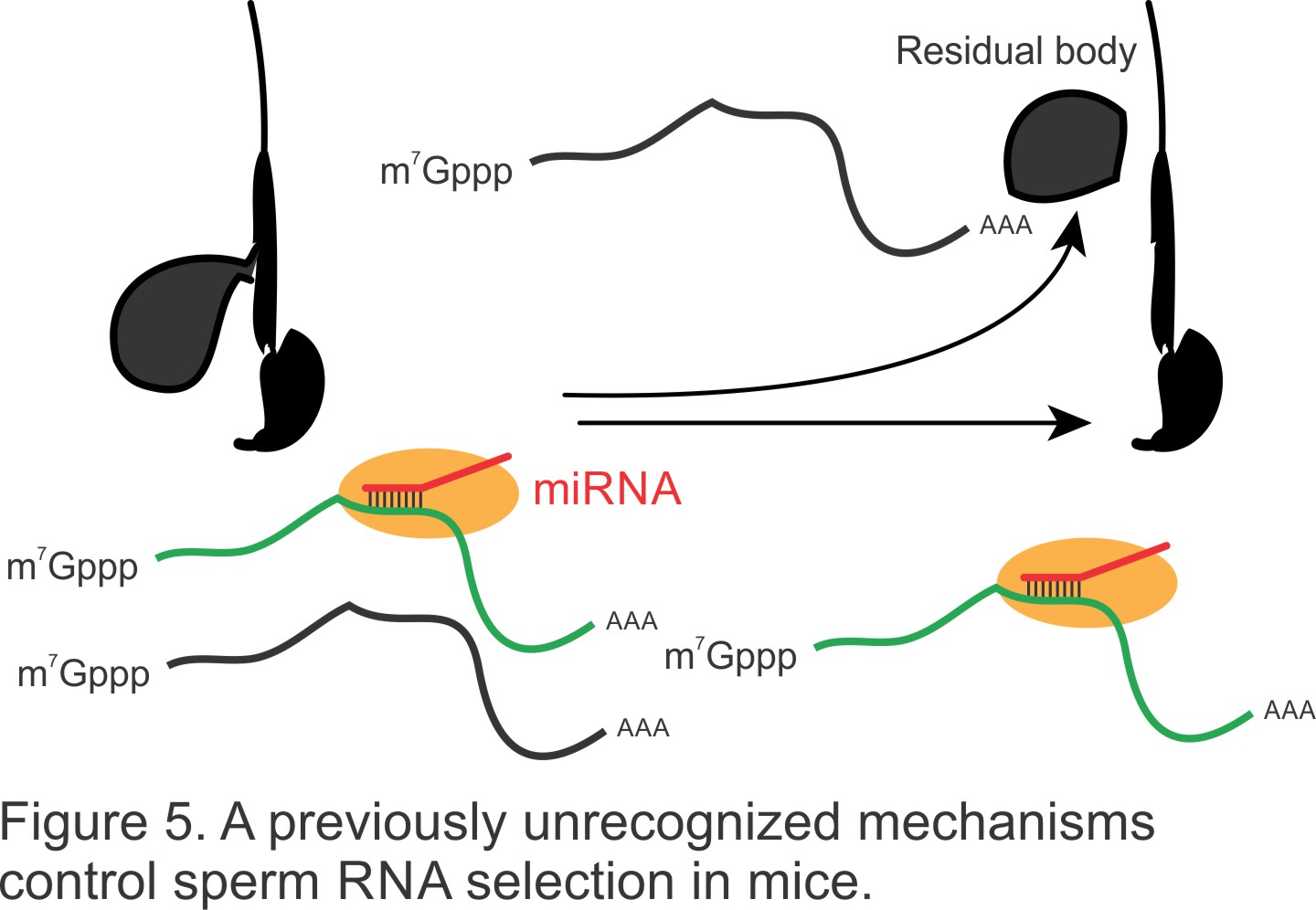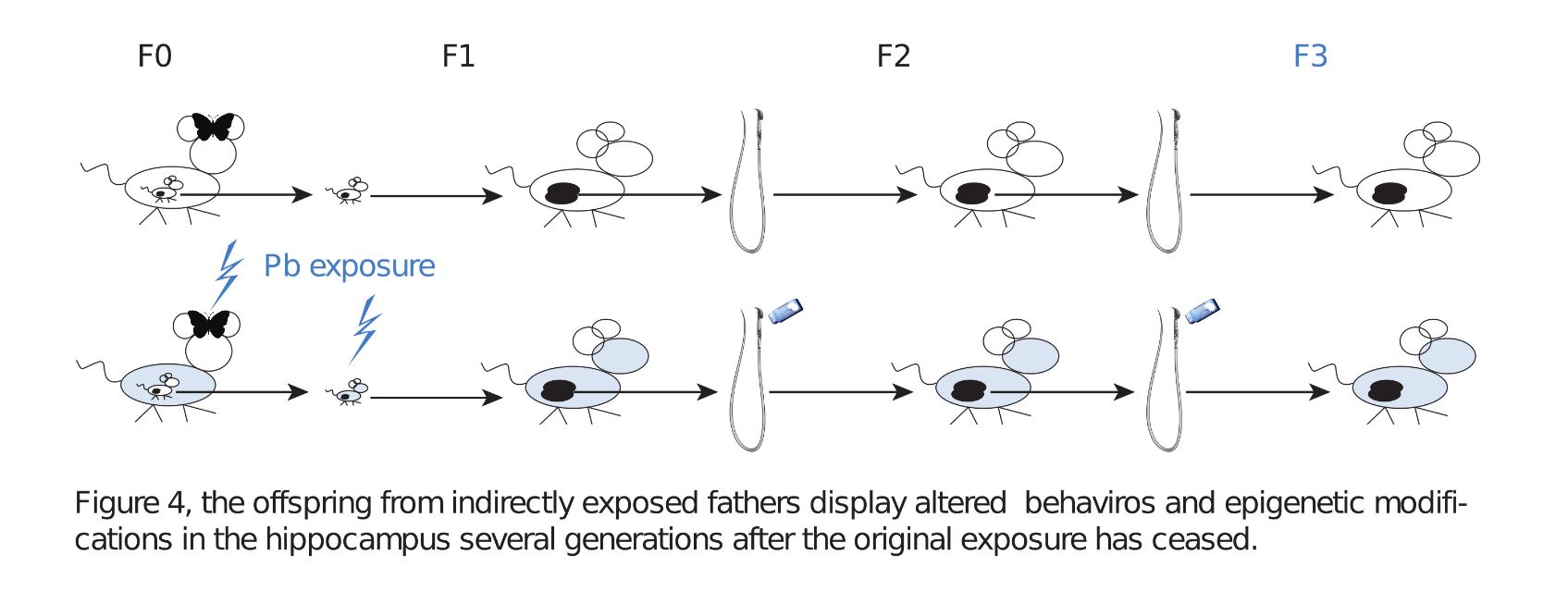Research
What are the biological roles of piRNAs?
Essential for fertility across diverse organisms, from worms to humans, piRNAs have primarily been shown to silence deleterious transposable elements (TEs). However, in many vertebrate species, only a small fraction of piRNAs actually play a role in silencing TEs, whereas the function of an abundant set of non-repetitive species remains unknown. The study of piRNAs has been greatly hindered by the difficulty in separating each step of spermiogenesis, the challenge in applying conventional genetics, and the lack of an ex vivo culture system to recapitulate germ-cell development. (Figure 1)

What is the role of ribosomes in piRNA biogenesis?
The principles that specify which sequences become piRNAs remain unknown. We found ribosome-mediated piRNA biogenesis to be evolutionarily conserved in roosters and green lizards. This new discovery immediately opens the following questions: i) How do ribosomes discriminate piRNA precursors from protein-coding mRNAs? and ii) How does piRNA biogenesis coordinate with translation? (Figure 2)

How do new piRNAs originate?
We recently described a new mode of piRNA acquisition in which domestic chickens hijack and convert a pre-existing provirus to piRNA production to defend against Avian leukosis virus (ALV), an adaptive immune strategy similar to the prokaryotic CRISPR-Cas system (Figure 3). This finding reveals a previously unrecognized capability of the host piRNA repertoire to evolve rapidly and target TEs specifically. Our objectives here are to elucidate how piRNAs suppress TEs and determine how the interplay between piRNAs and TEs shapes genetic variations among individuals.

How is lead toxicity paternally transmitted?
Developmental lead (Pb) exposure predisposes children to neurobehavioral disorders, such as attention deficit/ hyperactivity disorder (ADHD). Although Pb has been removed from many consumer products, Pb exposure continues to threaten our communities through contaminated water supplies, household goods, toys, paint chips, dust, and soil, as well as parental Pb exposure which has been shown to induce multigenerational epigenetic changes in humans. We aim to understand the mechanisms mediating this transgenerational effect through the male germline (Figure 4).
How is the sperm RNA repertoire controlled?
Sperm RNAs can change within an individual’s lifetime, and these changes can carry information across generations. These properties raise the fundamental question of whether sperm RNAs are left over from spermatogenesis or if their composition is the result of a regulated process. We have used single-molecule long-read sequencing to assess intact mRNAs in sperm, detecting thousands of intact mRNAs. A functional subsets of testis mRNAs are selectively retained in sperm, and reverse complementary miRNAs are co-regulated in this process. We aim to reveal this selection mechanism controlling the sperm RNA profile (Figure 5).

Li lab group meeting and journal club schedule (Click to view)

